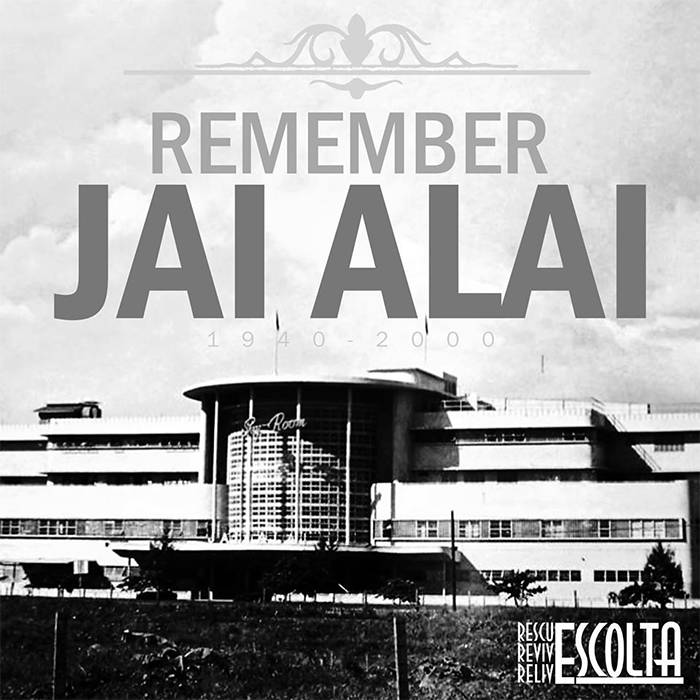What makes significance significant?
"Pride of place" was an often-used phrase by heritage conservation “godfather” August (Toti) Villalon. In fact, the phrase was what he titled his weekly column in one of the dailies, where the underlying intent of his articles was the need to conserve cultural, architectural, and natural patrimony. And herein lies the task of identifying what is deserving of preservation, which requires a keen and detailed assessment of any structure or site.
At the rate historic structures and sites are being demolished to “give way to development,” it is important for communities to realize that significant edifices and sites in their neighborhood are part of their heritage. This is where landscapes and memories unite. And here, communities should recognize that they own these. The key is always value. And in heritage preservation, there are several aspects to consider when defining what should be understood where tradition, regionality, and identity are concerned.

While there are several values to examine when assessing, the overarching significance of a site or structure can be summarized in five focal points: historic, spiritual, aesthetic (architectural), social and cultural, and symbolic. A declaration of value is always prefaced by a Statement of Significance for the purpose of increasing public awareness, zeroing in on outstanding features that must be conserved for a site to continue to have value. This includes a detailed description of a historic place, the value of the site to the province or even the nation, but most importantly, the community, upon whose shoulders rest the key to preserving their own.
Through the years, Statements of Significance have been written to save Philippine structures and sites from being demolished. Sadly, statements of significance have been ignored in the name of modernization. Case in point is the Jai Alai building, whose demolition in 1998 was eye-witnessed by a handful of members of the newly formed Heritage Conservation Society (HCS).
In the need to conserve cultural, architectural and natural patrimony, we must identify what is deserving of preservation.
Former board of Trustees member, architect Dominic Galicia, was a new member of HCS then and recalls the uproar of those days: “Leading newspapers and magazines bannered in their leading paragraphs the key points that made this building from 1939 eminently worth saving. These points may very well have all been synthesized into a Statement of Significance, that the Jai Alai Building was considered one of the most beautiful Art Deco structures in Asia. It served as an important social center for the city, where ordinary folk gathered to watch the fast and exciting sport of jai alai and where the extraordinary met at the Sky Room, for many years a nexus of Philippine social life. It was designed by the eminent American architect Welton Becket, assisted by three young Filipino architects who in their own time would achieve eminence: Carlos Arguelles, Carlos da Silva, and Carlos Santos Viola. It was a symbol of survival, serving before and after World War Two, a landmark at the end of Rizal Park and on Taft Avenue, known to everyone who lived in the city and almost everyone who visited.

One of the successful defenses of a heritage structure was against the conversion of the Rizal Sports Stadium into a mall. It was an alliance of community, heritage advocates, and most especially athletes who rallied in its defense and took to the streets, a signature campaign, and a solid Statement of Significance written by heritage practitioners and experts focusing not just on the distinct architectural elements by Juan Arellano, but more prominently, it's being a notable venue as the center of major sports competitions, not to mention the landmark concert of the Beatles on July 4, 1966, at the height of the group’s success.
Alternately, the iconic and much-revered performance venue, the Philamlife Theater housed in the international-styled structure, despite the years preceding active denunciation of its demolition by artists, performers, architects, heritage advocates, and community, proceeded amid the active clamor one evening. A very strong and well-researched Statement of Significance was submitted to the NCCA, but other matters seemed to have taken precedence over significance, as suspected by many.

Another early destruction was the One Meralco Building, the first air-conditioned building in the Philippines, designed by Juan Arellano, and featuring a 4.5-meter sculpture entitled “The Furies” by the Italian artist Francesco Monti, whose works are found in many heritage structures. “The Furies” was composed of three figures based on Greek goddesses.
A board member of the Heritage Conservation Society, Silvana Diaz, an Italian by birth, Filipinized by virtue of her marriage to artist Ramon Diaz, had written a book on Monti’s works in the Philippines and was in touch with Monti’s daughter in Italy. But despite her letters, coupled by consistent defenses on the significance of the building, the building was demolished. In its place is now a McDonald’s branch. The sculpture was cast before it was pitilessly smashed to pieces and its replica was transferred to an exterior wall of Adamson University close by. Quipped one heritage advocate, “It’s like destroying an original Picasso and keeping the copy.”
A Statement of Significance is, in fact, a detailed documentation of an important site that underscores value, a historical document, so to speak — not just in romanticized terms but in truth, where development is concerned, it is a contributory aspect that can increase the financial value of a place when restored and repurposed because of the stories its walls can tell, which oftentimes sadly turns to dust.



